If you’re looking to enhance the durability and aesthetics of your floors, epoxy flooring might be the perfect solution for you.
This article covers everything you need to know about epoxy flooring, from the application process to the benefits and various types available. Whether you’re interested in the chemical reaction of epoxy resin and hardener or the different surfaces it can be applied, this comprehensive guide will provide you with all the information you need to make an informed decision.
Let’s dive into the world of epoxy flooring!
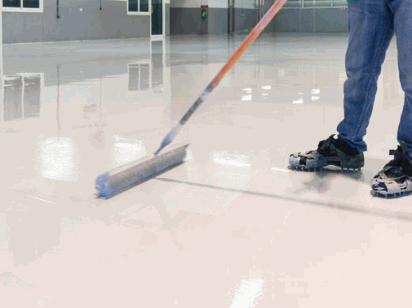
What Is Epoxy Flooring?
Epoxy flooring is a durable and versatile solution for enhancing the look and functionality of residential and commercial spaces.
What makes epoxy flooring particularly appealing is its ability to withstand heavy foot traffic, making it ideal for high-traffic areas like warehouses, garages, and retail spaces. Its seamless surface not only enhances the aesthetic appeal of a room but also provides a protective layer that is resistant to stains, chemicals, and impacts. Epoxy coatings can be customized with different colors and finishes, allowing for endless design possibilities to suit any style or preference.
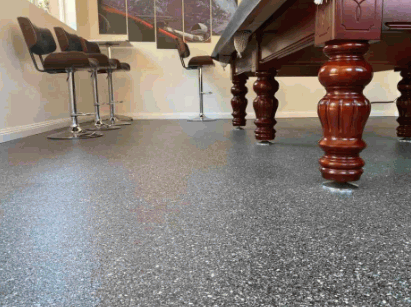
How Is Epoxy Flooring Applied?
The application process of epoxy flooring involves several key steps, from surface preparation to the final coating application.
Surface preparation is crucial to ensure proper adhesion of the epoxy resin and hardener mixture. This includes cleaning the surface thoroughly, repairing any cracks or imperfections, and allowing it to dry completely.
Once the surface is prepped, the epoxy resin and hardener are mixed together according to the manufacturer’s instructions. It’s important to achieve a homogenous mixture to ensure the best results. The mixed epoxy is then applied to the prepared surface using a roller or brush, ensuring even coverage. Multiple coats may be required depending on the desired thickness and finish.
Discover: Is Metallic Epoxy Flooring Expensive
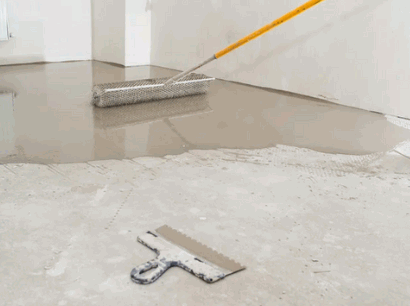
Preparation Of The Surface
Proper surface preparation is crucial for the success of an epoxy flooring project, involving cleaning, repairing, and etching the substrate.
Without adequate surface preparation, the epoxy may not adhere properly, leading to a range of issues such as bubbling or peeling. Cleaning ensures the removal of any contaminants that could interfere with the bonding process while repairing defects in the substrate guarantees a smooth surface for the epoxy to adhere to. Etching the surface creates a profile that enhances the mechanical bond between the epoxy and the substrate, ultimately optimizing the durability and longevity of the flooring system.
Mixing The Epoxy Resin And Hardener
The correct mixing of epoxy resin and hardener is essential to ensure a strong and durable epoxy flooring finish.
When preparing the epoxy resin and hardener, it is crucial to follow the manufacturer’s guidelines regarding the ratio specified for the particular product. This ratio typically ranges between resin and hardener to achieve the optimal chemical reaction for a well-cured finish.
Thorough blending of epoxy resin and hardener is also paramount to guarantee a homogeneous mixture. Inadequate mixing can result in uneven curing, leading to weak spots or improper adhesion to the substrate.
Before application, allow the mixed epoxy resin and hardener to sit for a brief period, known as the induction time, to ensure the chemical components properly react with each other.
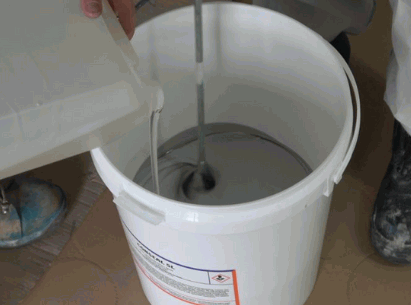
Applying The Epoxy Coating
The final step in epoxy flooring application involves evenly applying the epoxy coating, ensuring proper curing for a smooth and resilient finish.
In terms of the application process, it’s crucial to start by preparing the surface meticulously. This includes cleaning the area thoroughly, repairing any cracks or imperfections, and allowing it to dry completely. Once the surface is ready, mix the epoxy resin and hardener according to the manufacturer’s instructions.
Using a roller or squeegee, apply the epoxy coating in even, overlapping strokes to avoid streaks or uneven coverage. It’s essential to work quickly but methodically to ensure a consistent finish.
After the epoxy is applied, pay close attention to the recommended curing time. Allow the coating to cure undisturbed in a controlled environment to achieve optimal strength and durability.
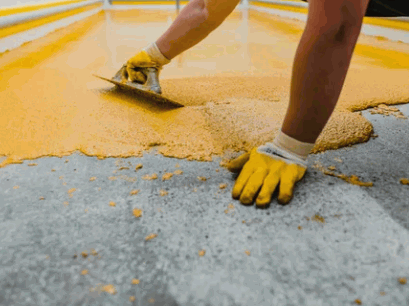
What Are The Benefits Of Epoxy Flooring?
Epoxy flooring offers a range of benefits, including exceptional durability, easy maintenance, and versatile design options.
Due to its outstanding durability, epoxy flooring is highly resistant to heavy traffic, impact, chemicals, and abrasions, making it ideal for high-traffic areas and industrial settings. With minimal upkeep required, epoxy floors are easy to clean and maintain, saving both time and money in the long run. The customizable nature of epoxy allows for endless design possibilities, including a variety of colors, patterns, and textures, providing a modern and sleek appearance to any space.
Durability And Strength
One of the key benefits of epoxy flooring is its unmatched durability and strength, making it a long-lasting and impact-resistant flooring solution.
In terms of high-traffic areas, such as commercial spaces or industrial facilities, the durability and strength of epoxy flooring truly shine. Its ability to withstand heavy machinery, vehicular traffic, chemical spills, and constant wear and tear sets it apart from traditional flooring options. The seamless and non-porous nature of epoxy creates a protective barrier that not only resists stains and moisture but also enhances the overall cleanliness and hygiene of the area. This means that maintenance costs are significantly reduced, leading to long-term savings for property owners.
Chemical And Stain Resistance
Epoxy flooring provides excellent resistance to chemicals and stains, making it ideal for areas prone to spills and requiring easy maintenance.
This makes epoxy floors a popular choice for industrial settings, garages, warehouses, and commercial kitchens where chemical resistance and durability are crucial. In spill-prone areas, such as food processing facilities or automotive shops, epoxy flooring can prevent damage by providing a protective barrier. The seamless surface of epoxy floors makes them easy to clean and maintain, requiring only periodic sweeping and mopping to keep them looking new.
Easy To Clean And Maintain
One of the standout features of epoxy flooring is its ease of cleaning and maintenance, requiring only regular cleaning to preserve its appearance and functionality.
Due to its smooth and seamless surface, epoxy flooring does not harbor dust, dirt, or allergens, making it quick and effortless to sweep or mop. Spills and stains are easily wiped away with a damp cloth, without leaving any residue behind. This type of flooring is resistant to chemicals and moisture, ensuring that it stays pristine with minimal effort. Regular sweeping and occasional mopping with a gentle cleanser is typically all that is needed to keep epoxy flooring looking fresh and new for years to come.
Versatility In Design And Color Options
Epoxy flooring offers a wide range of design and color options, allowing for customization and creating visually appealing aesthetics in any space.
From sleek and modern to bold and vibrant, epoxy floors can be tailored to suit various design preferences and interior styles. Whether you prefer a seamless monochromatic look or a dynamic blend of colors, epoxy flooring provides endless possibilities for elevating the ambiance of your home or business. The durability of epoxy coatings also ensures that your chosen design options remain vibrant and pristine, even in high-traffic areas.
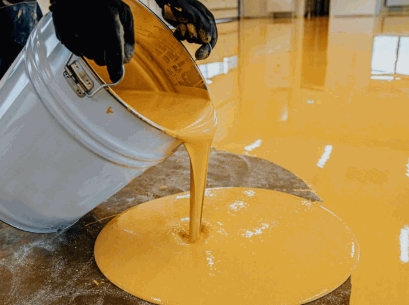
How Does Epoxy Flooring Work?
Epoxy flooring operates through a chemical process involving the resin and hardener components that bond to the substrate, creating a durable and seamless surface.
The working mechanism of epoxy flooring is fascinating, as it relies on the intricate interaction between the resin and hardener. When these two components are mixed together, a chemical reaction occurs that initiates the bonding process with the substrate. This bonding process is crucial for ensuring that the epoxy adheres firmly to the surface, providing excellent durability and resistance to wear and tear.
Chemical Reaction Of Epoxy Resin And Hardener
The chemical reaction between epoxy resin and hardener initiates the bonding process essential for creating a durable and resilient epoxy flooring surface.
This reaction occurs when the epoxy resin and hardener are combined in specific proportions, typically recommended by the manufacturer for optimal results. Once mixed, the chemical reaction starts a curing process that transforms the liquid components into a solid, tough material. This transformation is crucial for the epoxy to adhere strongly to the surface and provide long-lasting protection. The bonding process is fundamental in ensuring that the epoxy flooring remains intact and resistant to wear, cracking, and chemicals over time.
Bonding To The Substrate
Epoxy flooring achieves strong bonding to the substrate, ensuring seamless adhesion that forms a durable and cohesive flooring surface.
In terms of understanding how epoxy flooring creates such a reliable bond with the substrate, it all boils down to the chemical composition of epoxy resins. These resins possess unique properties that allow them to penetrate deep into the pores of the substrate, creating a solid connection. Through a process called cross-linking, the epoxy resin molecules intertwine with the molecules of the substrate, resulting in a robust and unbreakable adhesion. This adhesion is crucial for the longevity and strength of the flooring, ensuring that it remains intact even under heavy foot traffic or equipment use.
Hardening And Curing Process
The hardening and curing process of epoxy flooring involves a specific time frame for solidification, ensuring the formation of a robust and resilient surface.
During hardening, the epoxy gradually transforms from a liquid to a solid state, developing its strength and durability. The curing stage typically lasts around 24 to 72 hours, depending on factors like temperature and humidity levels. This critical period allows the epoxy to fully solidify, resulting in a tough and impact-resistant surface that can withstand heavy foot traffic and chemical exposure. Once the epoxy is fully cured, it forms a seamless and durable coating that provides a long-lasting solution for various residential, commercial, and industrial flooring needs.
What Types Of Surfaces Can Epoxy Flooring Be Applied On?
Epoxy flooring is versatile and can be applied to various surfaces, including concrete, wood, and metal, offering durability and aesthetic appeal.
In terms of concrete surfaces, epoxy flooring acts as a protective layer that enhances not only the appearance but also the lifespan of the existing concrete. For wooden surfaces, epoxy can transform dull and worn-out floors into sleek, modern spaces that are easy to clean and maintain.
Surfaces that are prone to high traffic and heavy machinery, such as metal floors, benefit greatly from the resilience of epoxy coatings, making them a popular choice in industrial settings. The durability of epoxy enables it to withstand wear and tear, making it a cost-effective solution for long-lasting, attractive floors.
Concrete Surfaces
Concrete surfaces are a common application area for epoxy flooring, particularly in industrial settings where durability and resistance are paramount.
The application of epoxy flooring on concrete surfaces provides a seamless and impermeable layer, ideal for protecting the substrate from chemicals, oils, and heavy machinery traffic. In industrial environments, where constant wear and tear is a concern, epoxy coatings offer a robust solution that can withstand harsh conditions. The durability of epoxy flooring reduces the need for frequent repairs or replacements, leading to cost savings and minimal downtime for businesses.
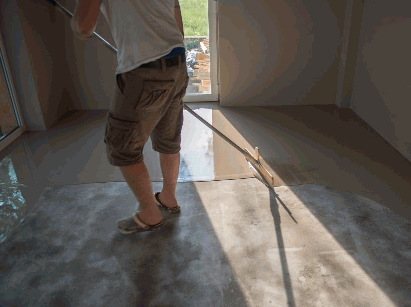
Wood Surfaces
Epoxy flooring can enhance the beauty and functionality of wood surfaces in residential settings, providing both protection and aesthetic appeal.
One of the key benefits of applying epoxy flooring on wood surfaces is its ability to create a seamless and durable protective layer. This protective coating helps shield the wood from scratches, stains, and moisture damage, extending the lifespan of the surface.
The application of epoxy on wood can significantly enhance the overall aesthetics of the space. The glossy finish adds a modern and polished look, transforming the natural beauty of the wood into a stunning centerpiece in any residential setting.
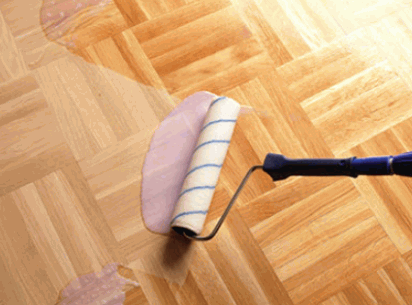
Metal Surfaces
Epoxy flooring offers excellent durability and corrosion resistance when applied to metal surfaces, making it a preferred choice for industrial and commercial applications.
One of the key advantages of utilizing epoxy flooring on metal surfaces is its ability to form a strong bond that can withstand heavy machinery and equipment, reducing wear and tear over time. This results in a longer lifespan for the flooring and the underlying metal substrate, thus saving costs on maintenance and replacements.
In addition, the seamless nature of epoxy coatings on metal surfaces creates a smooth and non-porous finish, preventing water and chemical penetration that can lead to corrosion. This corrosion-resistant property is crucial for industries where exposure to harsh environments or corrosive substances is common.
What Are The Different Types Of Epoxy Flooring?
Epoxy flooring encompasses various types, including self-leveling, mortar, quartz-filled, terrazzo, and anti-static options, each tailored for specific requirements.
Self-leveling epoxy flooring is an ideal choice for areas that need a smooth and seamless finish, such as industrial warehouses and commercial spaces. Mortar epoxy, on the other hand, is a durable option designed for heavy-duty environments like manufacturing plants and automotive garages. Quartz-filled epoxy flooring combines the durability of epoxy with the aesthetics of quartz, making it a popular choice for retail settings and showrooms.
For a luxurious finish, terrazzo epoxy flooring offers a sophisticated look often used in high-end residential and commercial properties. On the other end of the spectrum, anti-static epoxy flooring is critical for spaces that require protection against static electricity, like laboratories and data centers.
Self-Leveling Epoxy Floors
Self-leveling epoxy floors offer a seamless and smooth finish, ideal for areas requiring a flat and even surface with minimal imperfections.
These types of flooring solutions are designed to automatically level themselves when poured, resulting in a perfectly flat surface without the need for extensive manual efforts. The smooth finish provided by self-leveling epoxy floors not only enhances the aesthetic appeal of a space but also contributes to easier cleaning and maintenance, making them a popular choice for commercial and industrial settings.
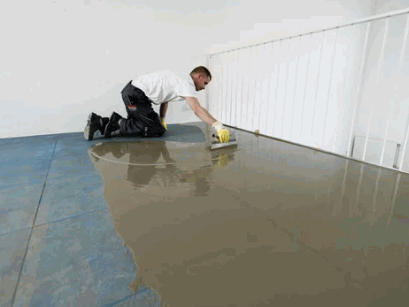
Epoxy Mortar Floors
Epoxy mortar floors are heavy-duty and impact-resistant, designed to withstand high traffic and harsh conditions in industrial and commercial environments.
These specialized floors are created by blending epoxy resin with a mixture of fine silica sand and a curing agent in a mortar-like consistency, resulting in a robust and durable surface.
The high-performance nature of epoxy mortar floors makes them ideal for areas subjected to heavy machinery, chemical spills, and frequent impacts, providing long-term protection against wear and tear.
Impact-resistant characteristics ensure that these floors can endure the rigors of industrial use, maintaining their structural integrity and appearance even under the most demanding conditions.
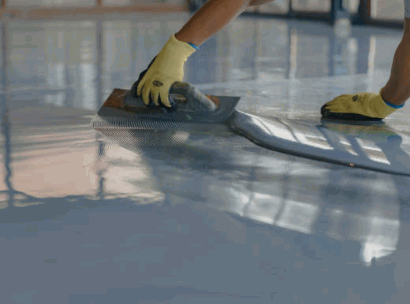
Quartz-Filled Epoxy Floors
Quartz-filled epoxy floors offer a decorative and high-gloss finish, incorporating quartz granules for enhanced aesthetics and durability.
These floors create a luxurious look with a seamless, shiny surface that can elevate the overall appeal of any space. The quartz granules not only add a touch of uniqueness to the flooring but also contribute to its strength and longevity. The high-gloss finish reflects light beautifully, creating a bright and polished atmosphere. The quartz-filled epoxy floors are resistant to stains, scratches, and chemicals, making them ideal for high-traffic areas that require both style and durability.
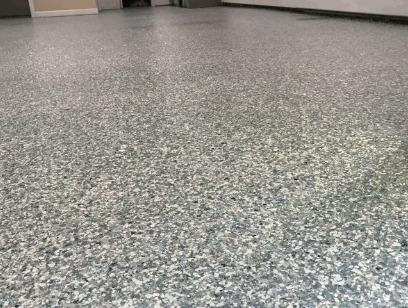
Terrazzo Epoxy Floors
Terrazzo epoxy floors incorporate aggregates and recycled materials, offering a sustainable and visually striking flooring solution with customizable designs.
These innovative floors not only bring a touch of elegance to any space but also contribute to reducing environmental impact by utilizing recycled materials. The process of creating terrazzo epoxy floors involves mixing various aggregates such as marble, glass, or quartz with a binder, resulting in a durable and versatile flooring option. The use of recycled materials not only adds character and uniqueness to each floor but also promotes eco-friendly practices within the construction industry.
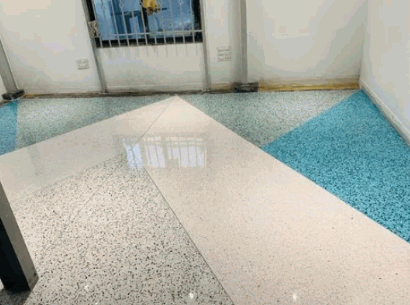
Anti-Static Epoxy Floors
Anti-static epoxy floors prevent electrostatic discharge, making them ideal for environments sensitive to electronic equipment and requiring static control measures.
These specialized flooring solutions not only safeguard sensitive equipment from potential damage caused by static electricity but also ensure the safety of personnel by reducing the risk of shocks and sparks. By effectively dissipating static charge, anti-static epoxy floors help maintain a controlled environment where electronic components can function optimally with minimal interference. These floors are easy to clean and maintain, providing a durable and long-lasting solution for industries like laboratories, manufacturing plants, and data centers.
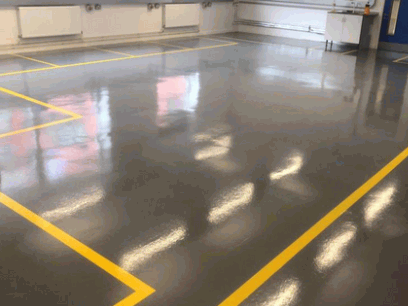

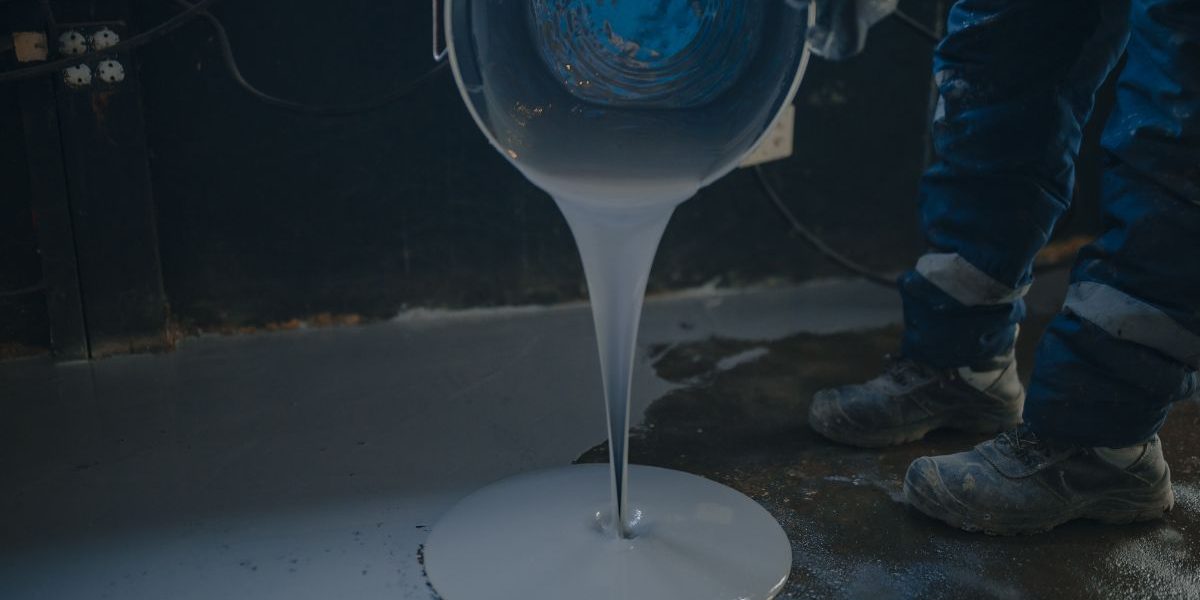
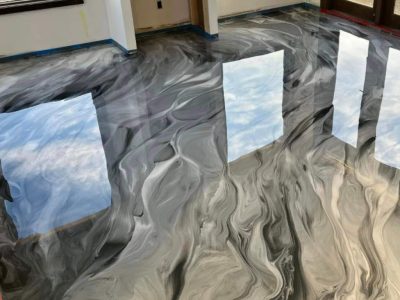


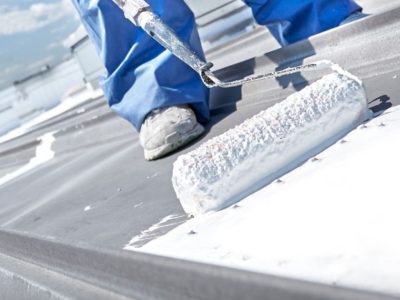
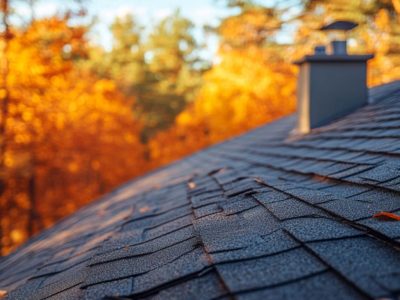
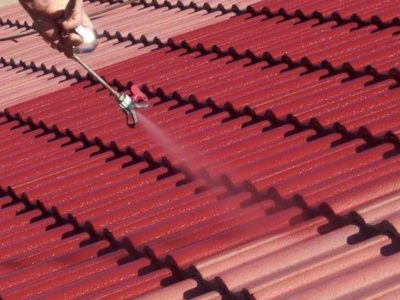

Comments